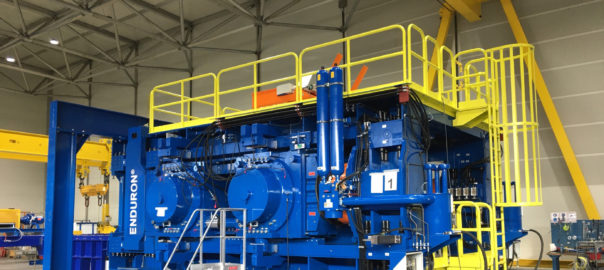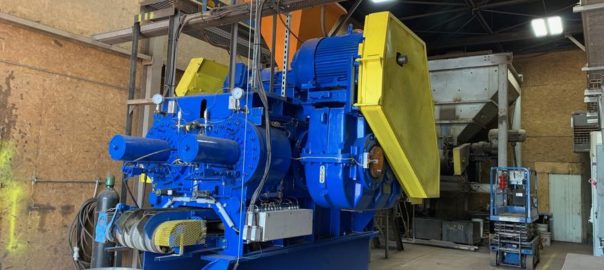NioCorp Developments Ltd is to initiate testing of Elk Creek project ore using high pressure grinding rolls (HPGR) technology from Weir Minerals.
HPGR technology is considered an energy efficient and low-emission alternative to conventional processing for reducing the size of the ore to enable the recovery of niobium, scandium, titanium, and potential rare earth products, NioCorp said.
The use of this technology in the project reinforces the company’s commitment to the environment and designing a sustainable operation, it added.
The testing is being conducted at the Natural Resources Research Institute (NRRI) of the University of Minnesota-Duluth, in partnership with Weir Minerals. During the testing, which is expected to take several weeks, around 3 t of Elk Creek drill core will be reduced to the 1-mm size needed for hydrometallurgical test work.
“The network is expected to provide key data that will be used to properly size the HPGR unit for the potential ore throughput at the Elk Creek project, once project financing is secured and the project is operational,” NioCorp said.
The company is currently evaluating the next steps in its overall metallurgical test work program, which will focus on optimising and streamlining the existing processing flowsheet as well as establishing process routes for the potential recovery of rare earth products. The rare earth products that are of most interest to the company are, at present, neodymium-praseodymium (NdPr) oxide, terbium oxide and dysprosium oxide. As previously announced, the company has launched a review of the economic potential of expanding its currently planned product suite from the project to also include rare earth products.
An April 2019 feasibility study on Elk Creek, in Nebraska, USA, estimated average production of 7,220 t/y of ferroniobium, 95 t/y tpa of scandium trioxide and 11,642 t/y of titanium dioxide over the 36-year mine life.
Scott Honan, NioCorp COO, said: “After witnessing testing at NRRI, I was impressed with how the HPGR was able to handle the Elk Creek ore quickly and efficiently, with minimal noise and dust.
“We look forward to completing this phase of the test work and moving on to look at further improvements to the existing flowsheet, including our new emphasis around the rare earths.”








